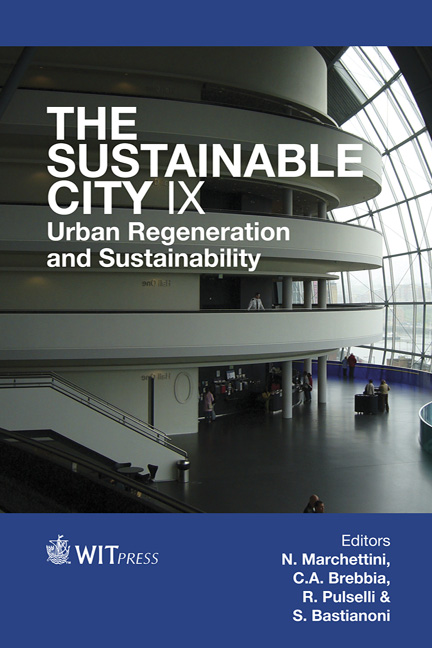A Methodology To Estimate The Potential Of Grid-connected PV Residential Systems For Greenhouse Gas Emission Reductions
Price
Free (open access)
Transaction
Volume
191
Pages
12
Page Range
1089 - 1100
Published
2014
Size
341 kb
Paper DOI
10.2495/SC140922
Copyright
WIT Press
Author(s)
A. Bermudez-Contreras, A. Ivanova-Boncheva, A. Martínez de la Torre
Abstract
This paper presents a methodology to estimate the maximum greenhouse gas emission mitigation potential of grid-connected photovoltaic residential systems. To this aim, electricity generation in the national-grid-isolated state of Baja California Sur, Mexico, is studied and emissions factors calculated (kg CO2e/kWh). In parallel, a simple approach based on peak sun hours is used to estimate the monthly electricity generation of grid-connected photovoltaic systems operating within the net metering scheme currently in use in Mexico. This investigation obtained an emissions factor of 0.892 kg CO2e per kWh of electricity consumed in Baja California Sur and an annual electricity generation by a local photovoltaic system of 1825 kWh per kW of installed nominal capacity. With these figures, the upper limit of the mitigation potential of grid-connected photovoltaic residential systems in the state is estimated at 577 425 Mg CO2e per annum. The general methodology could also be applied to other zero-emissions renewable energy technologies in use elsewhere.
Keywords
emissions, GHG, BCS, Baja California Sur, methodology, Mexico





